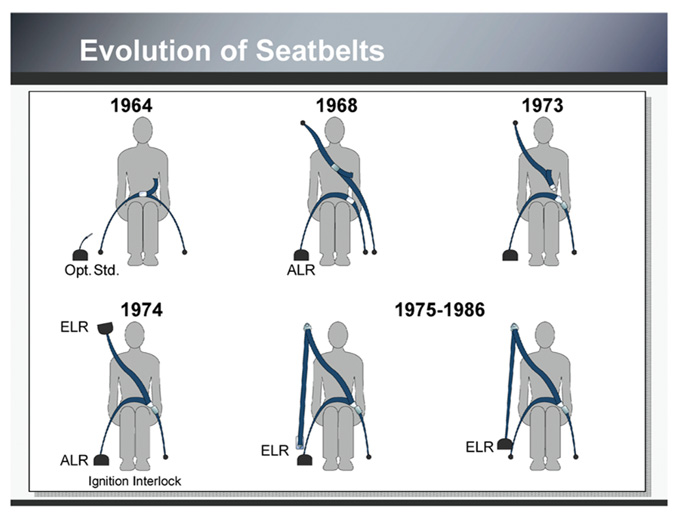As one can imagine, automobiles are the subject of a good deal of complex litigation these days -- whether the case has to do with the validity of a patent for use in the manufacture of an automobile, the possible liability of an auto manufacturer for an accident, a class action claiming a design defect in a certain model of car, or another legal issue.
Automobiles present interesting challenges for the trial graphics consultant. On the one hand, nearly everyone has driven a car, and many people think of themselves as fairly knowledgeable in auto mechanics (while they would not fancy themselves as computer or jet-engine experts, for example). On the other hand, today’s vehicles are incredibly complicated items with sophisticated computer systems and electronics. 
In 2010, for example, IBM wrote in a press release that due to the “exponential growth in the automotive electronics industry, owning a modern vehicle is equivalent to operating thirty or more computers on wheels,” and that “the average automobile now has several millions of lines of code -- more than a space shuttle.”
So jurors do need considerable education about a seemingly basic item like a car.
Since 1995, many of our cases have involved patent disputes about items such as brake parts, valve stems, engines, wheel parts, window glass, and many other parts of the automobile.
In fact, patent litigation in the automotive industry is as old as the industry itself. A recent article in the Legal Intelligencer noted that “patent litigation in the auto industry dates back to the first days of cars” and discussed patent attorney George Selden, who sued all the early auto makers, including Henry Ford, for infringing on his patent, which was granted in 1895.
Patent litigation and automobile product liability litigation is very much alive in the industry. The exhibit below shows the evolution of seatbelts from their introduction as mandatory features in 1964 to the introduction of emergency locking retractors (ELRs) in the 1970s and 1980s. It was used in a major product liability case.
In a case involving litigation over an automotive patent for a valve stem transmission device, we showed in a brief motion picture (just over one minute) how the device works, using a sensor.
In another patent case, we showed how two sensors work in tandem to activate air bags and how they respond to frontal, side, and oblique collisions.
In this Flash interactive exhibit, our information designers created a simple interface that allowed trial counsel in yet another patent infringement matter to illustrate how an engine and engine braking system works.
This type of litigation, as old as the automobile itself, is a mainstay of our work.




Leave a Comment